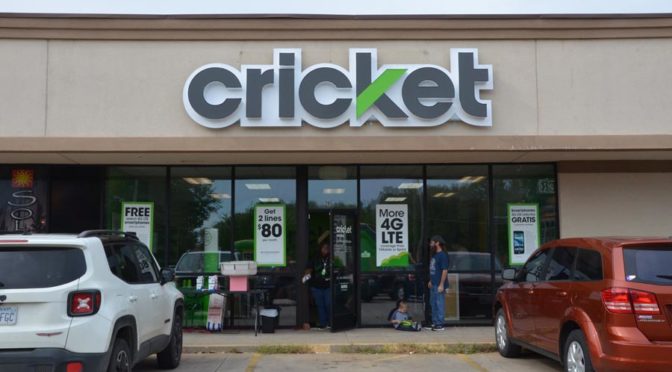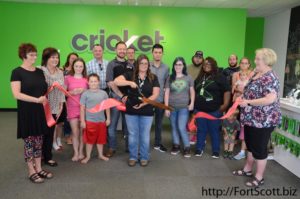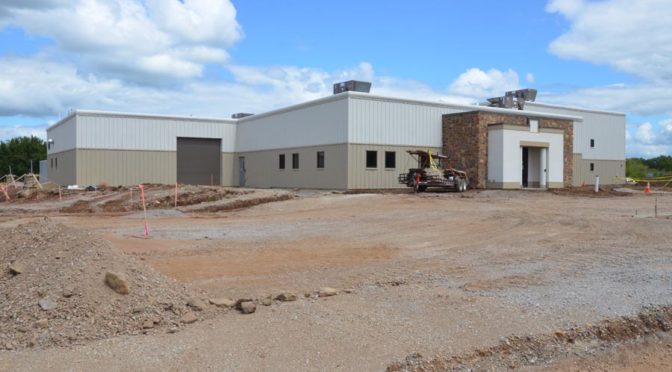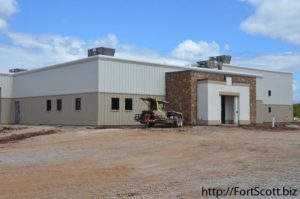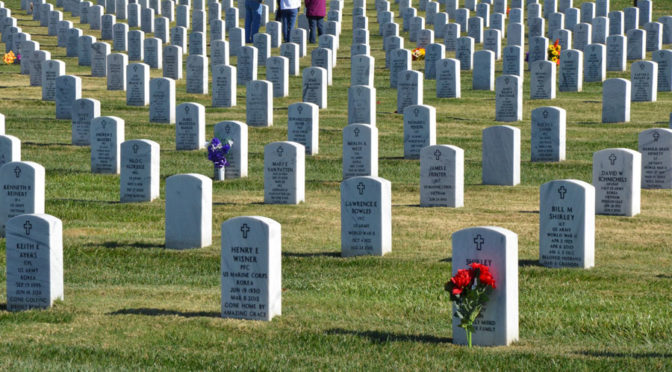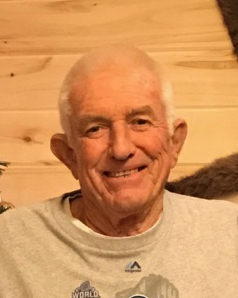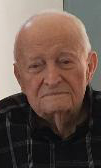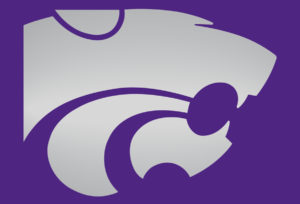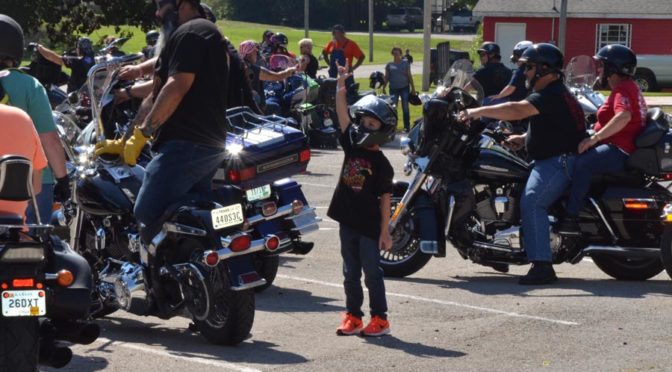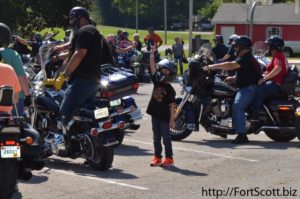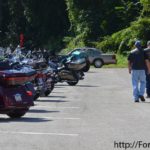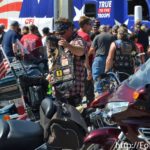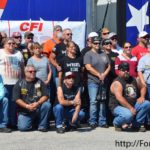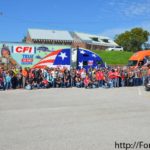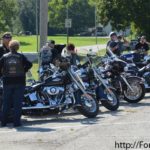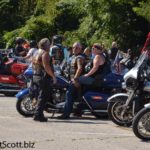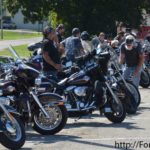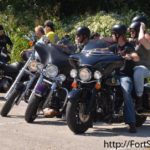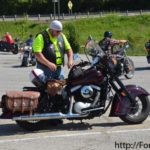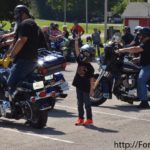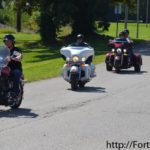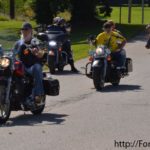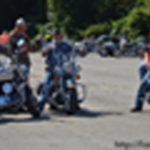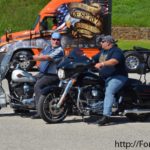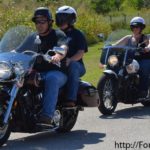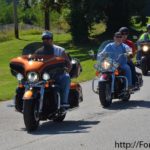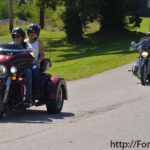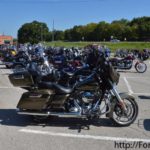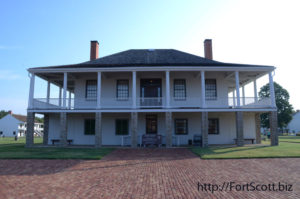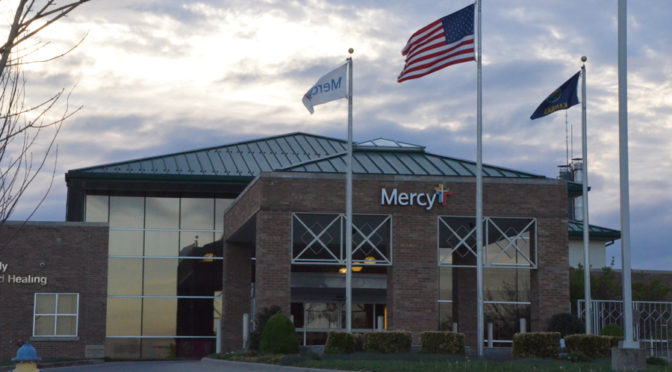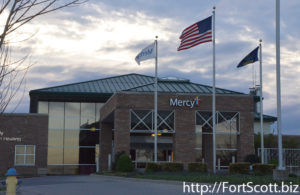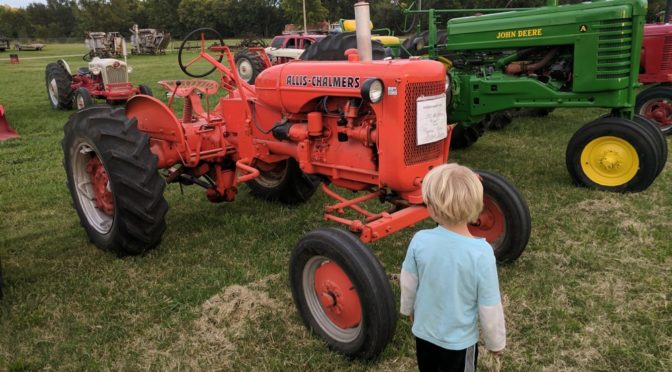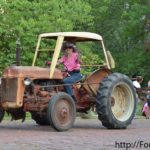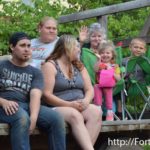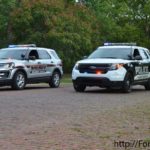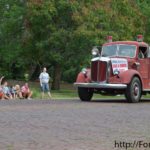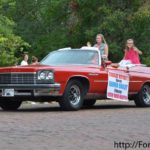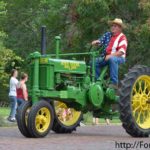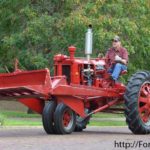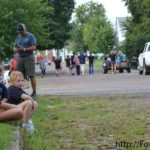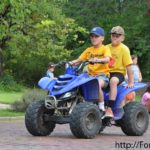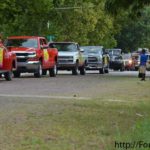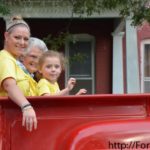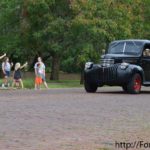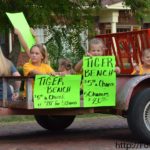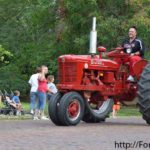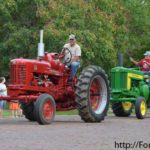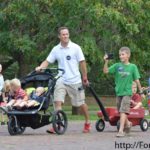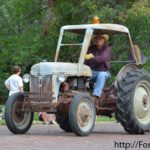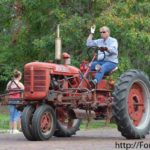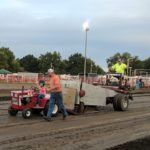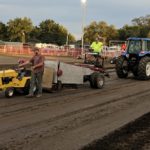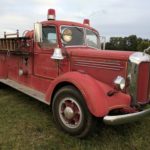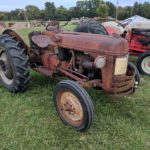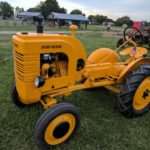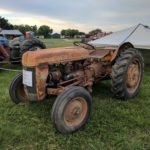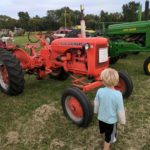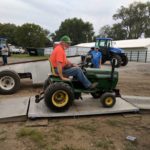With the new semester and school year, the Fort Scott Community College brought new features to its students and the community with building renovations and additions to the courses provided.
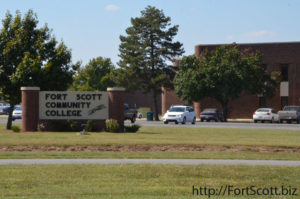
“We greatly appreciate what you do,” President Alysia Johnston said of the community’s support for the college during Thursday’s Chamber Coffee, saying the college’s goal is to serve Bourbon County. “This really is your institution and we appreciate those tax dollars that you give us every time, but we really do take that seriously.”
Enrollment at FSCC is up slightly this year, with about 1,400 full-time students and a total of about 2,000 people taking part in the courses the school provides.
The armory received an update through renovations over the summer as FSCC welcomed the John Deere program to its main campus from its former location in Frontenac. Already 23 students are involved in that program, while Adam Borth, vice president of academic affairs, said they hope to grow that to 40 over the next couple years.
The school also provides a welding course, which has about 15 students currently meeting in the morning class. FSCC hopes to provide that in the evening as well when the interest is great enough.
FSCC provides late-start classes as well for students who were not able to start in August. Those classes begin in October.
Janet Fancher, dean of student support services, expressed appreciation to the businesses and other members of the community that participated in the expo provided during the first week of classes, saying that is a great service to the students.
Athletic Director Tom Havron said all the teams have full rosters, just as the dorms are at full capacity, and said they look forward to the season ahead and hope the community will come out to support. The volleyball team is already off to a 5-0 record to start the year and the football team has their first home game this Saturday.
“We’re proud of the fact that truly athletics is a vehicle for these kids to get an education,” Johnston said, adding they are proud of the athletes for their athletic and academic accomplishments.
Johnston encouraged students and members of the community to inform the faculty of any ideas and recommendations they might have for the community college in order to improve its services.
“We are always open to suggestions,” Johnston said.

